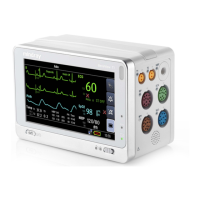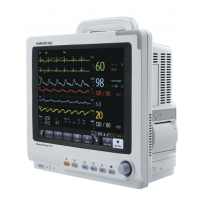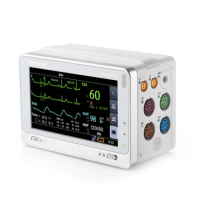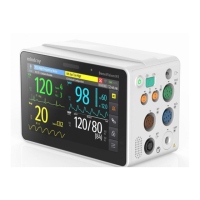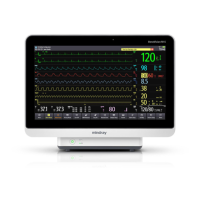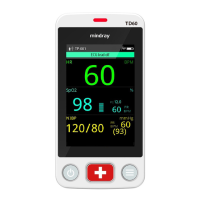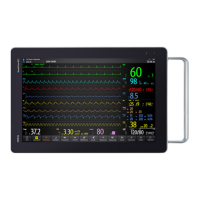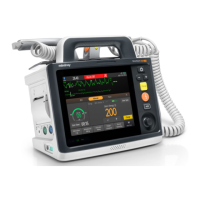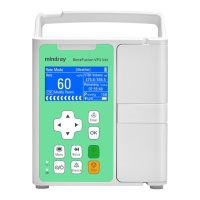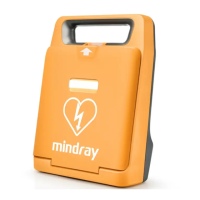How to fix noisy ECG traces on Mindray Monitor?
- DDavid JacksonJul 31, 2025
Noisy ECG traces on your Mindray Monitor can be caused by several factors: * Loose or dry electrodes: Apply fresh and moist electrodes. * Defective electrode wires: Replace the wires if necessary. * Patient cable or leads too close to other electrical devices: Move the patient cable or leads away from the electrical device.
